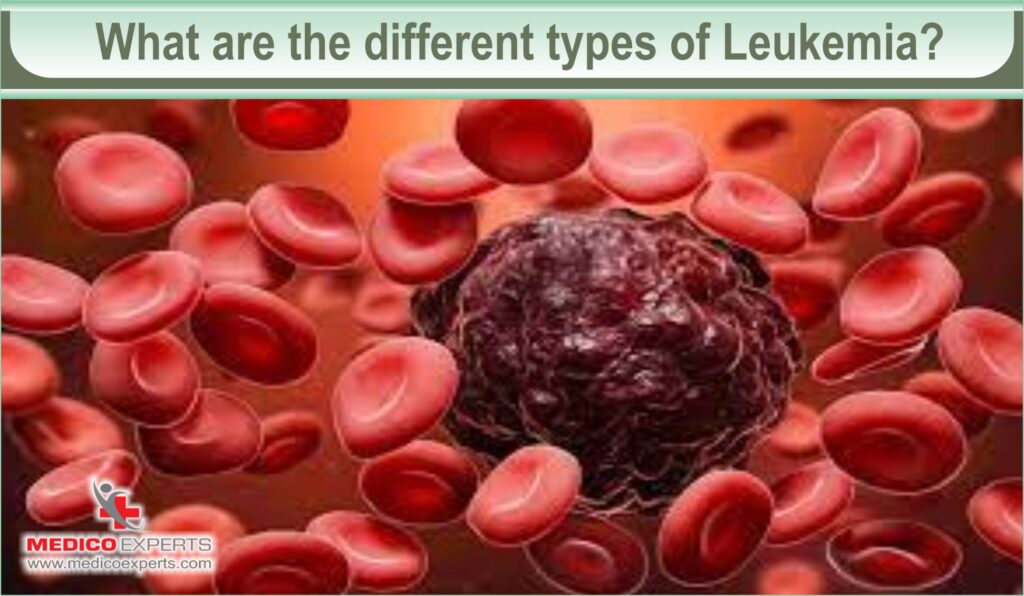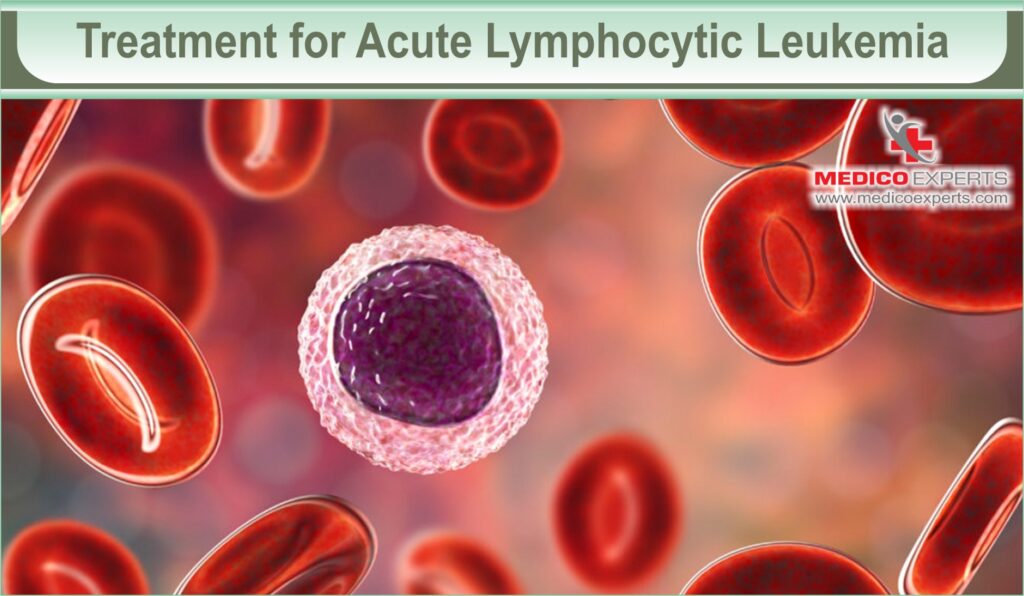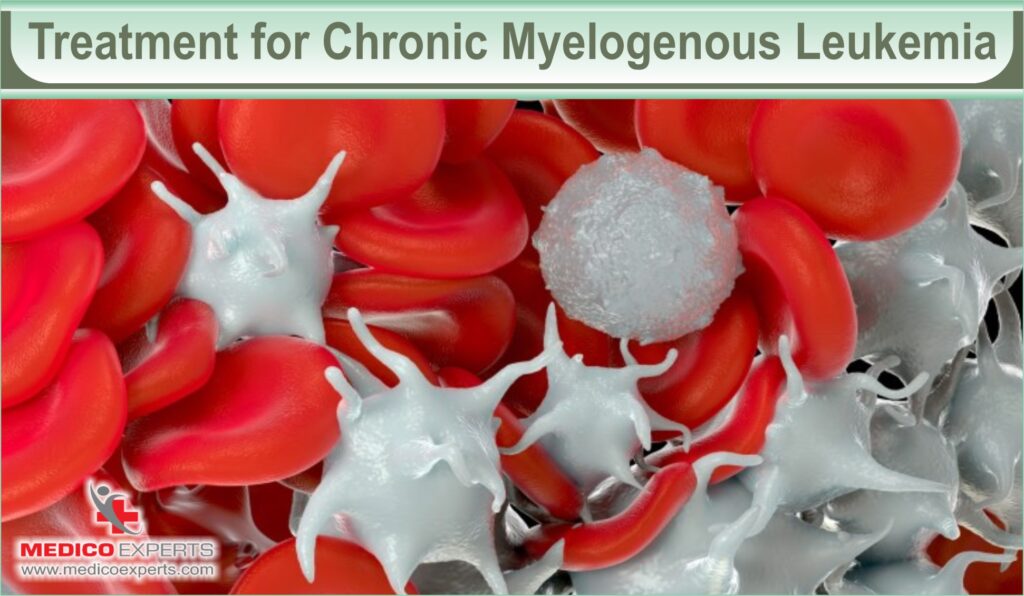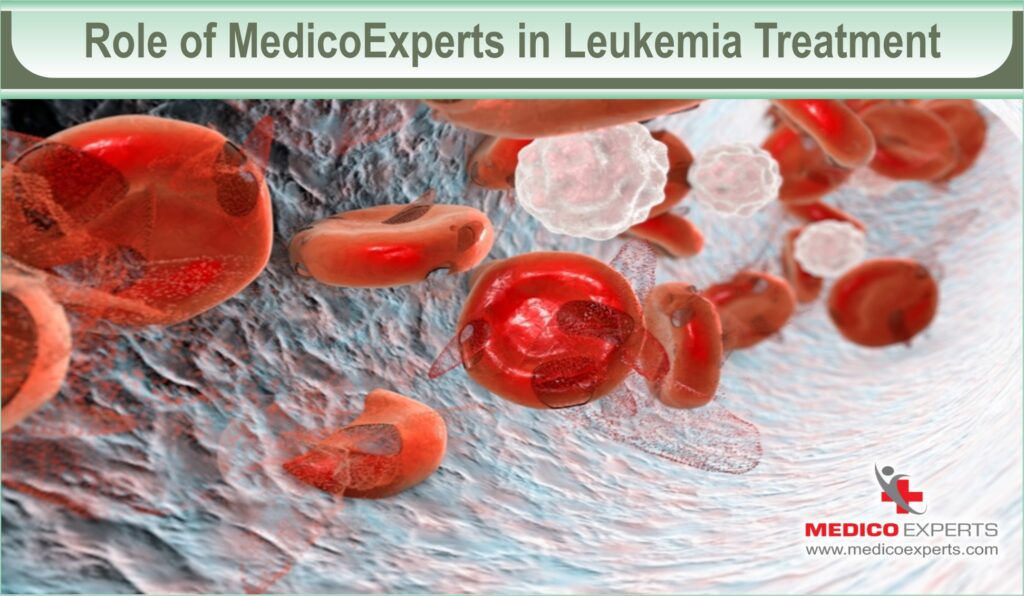Are you seeking insight into the question: “What Types of Leukemia Are Curable?”
With advancements in diagnosis and treatment, one particular form of adult leukemia has emerged as exceptionally curable.
Which one is it?
Known as Acute Promyelocytic Leukemia (APL), this subtype boasts cure rates of up to 90 percent.
Understand the characteristics of APL and other potentially curable types of leukemia, to help you with valuable insights and make your healing journey successful.
What are the different types of leukemia?

Leukemia is a diverse group of blood-based cancers that originate in the bone marrow. It can be classified in two main ways: by the speed of progression (acute or chronic) and by the types of leukemia cells present (lymphocytic or myelogenous).
1. Acute Leukemia
Acute leukemias are blood cancers that generally appear suddenly or over a very short period of time.
They are characterized by the rapid growth of immature cells in the bone marrow. Without treatment, most people with acute leukemia would only live a few months. Some types of acute leukemia respond well to treatment, and many patients can be cured.
Acute Leukemia can be divided into two types.
– Acute Lymphocytic Leukemia (ALL)
ALL is the most common type of leukemia in young children, but it can also occur in adults. It occurs when too many abnormal lymphocytes (a type of white blood cell) are produced in the bone marrow.
ALL is more common in children and adults over 50. It can spread to various parts of the body, including the brain, liver, lymph nodes, spine, and spleen.
– Acute Myelogenous Leukemia (AML)
AML is a common type of leukemia that occurs in both children and adults. It develops when the bone marrow produces too many abnormal myeloid cells. AML is the most common type of acute leukemia in adults
2. Chronic Leukemia
Chronic leukemias develop more slowly and take longer to advance compared to acute leukemias. They involve the overgrowth of more mature cells that can still perform some of their duties, but not as effectively as healthy cells. Chronic leukemias can often be managed for many years.
– Chronic Lymphocytic Leukemia (CLL)
CLL is the most common chronic adult leukemia. It starts in the cells that become lymphocytes. Unlike acute leukemia, CLL progresses slowly, and you may feel well for years without needing treatment. CLL is more common in older adults.
– Chronic Myelogenous Leukemia (CML)
CML mainly affects adults. It occurs when a genetic change occurs in myeloid cells. In the early stages, you may have few or no symptoms for months or years before entering a phase in which the leukemia cells grow more quickly.
Other rarer types of leukemia include hairy cell leukemia, myelodysplastic syndromes, myeloproliferative neoplasms, and chronic myelomonocytic leukemia.
Treatment regimes for different types of leukemia are different with different combinations of chemotherapy and targeted therapy. There are similarities and differences in treatment for different leukemia types and subtypes. In this blog, we discuss treatment for an acute type and a chronic type of leukemia. Acute leukemia treatment is generally done in phases whereas chronic type requires the use of extensive targeted therapy.
Acute Lymphocytic Leukemia (ALL) is a type of leukemia that primarily affects children, but it can also occur in adults. The symptoms of ALL can vary depending on the age of the person and the stage of the disease.
Individuals with ALL may experience extreme tiredness and a general decrease in energy levels. ALL can weaken the immune system, making individuals more susceptible to infections. Recurrent or severe infections may be a sign of leukemia.
ALL can affect the production of healthy blood cells, leading to easy bruising, bleeding from the gums, frequent or severe nosebleeds, and prolonged bleeding from minor cuts.
Leukemia cells can accumulate in the bone marrow, causing bone and joint pain.
Treatment for Acute Lymphocytic Leukemia (ALL)

The treatment for acute lymphocytic leukemia (ALL) typically involves a combination of therapies tailored to your condition. The specific treatment plan may vary depending on factors such as your age, health condition, and subtype of ALL.
Here are the general phases of treatment for ALL.
Induction Therapy
The first phase of treatment is induction therapy, which aims to achieve remission by rapidly reducing the number of leukemia cells in the body. This is typically done through intensive chemotherapy regimens. Induction therapy usually lasts for several weeks and may involve the use of multiple drugs
Consolidation Therapy
After achieving remission, consolidation therapy is administered to eliminate any remaining leukemia cells and prevent a relapse. This phase of treatment may involve additional chemotherapy cycles, targeted therapy, or stem cell transplant in certain cases.
Maintenance Therapy
Following consolidation therapy, maintenance therapy is given to further reduce the risk of relapse. This phase typically involves lower-intensity chemotherapy over an extended period, often lasting for about two years. The goal is to keep the leukemia cells in check and prevent their regrowth.
Treatment for Chronic Myelogenous Leukemia (CML)

The treatment for chronic myelogenous leukemia (CML) has seen significant advancements in recent years, thanks to targeted therapies. The specific treatment approach for CML depends on several factors, including the phase of the disease, and patient’s preferences. Here are some common treatment options for CML:
Tyrosine Kinase Inhibitors (TKIs)
TKIs are the mainstay of treatment for CML. These drugs target the abnormal protein produced by the Philadelphia chromosome, which is a genetic abnormality found in most CML cases.
TKIs, such as imatinib, dasatinib, and nilotinib, work by blocking the activity of this protein, thereby inhibiting the growth of leukemia cells. TKIs are usually taken orally on a daily basis and have shown remarkable success in achieving deep and durable remissions in many patients.
Stem Cell Transplant
A stem cell transplant, also known as a bone marrow transplant, may be considered for younger patients with high-risk CML or those who have not responded well to TKIs.
This procedure involves replacing the diseased bone marrow with healthy stem cells from a donor.
Clinical Trials
Participation in clinical trials may be an option for you. Clinical trials evaluate new treatments or combinations of treatments to improve outcomes and provide access to innovative therapies that are not yet widely available.
Role of MedicoExperts in Leukemia Treatment

MedicoExperts assists patients in accessing advanced treatment options for leukemia. They may provide information about the latest treatment protocols, connect patients with experienced doctors and hospitals, and help facilitate the necessary arrangements for treatment.
The organization facilitates the entire procedure of bone marrow transplants for leukemia patients.
MedicoExperts offers expert opinions from specialized doctors in the field of leukemia treatment. They may provide second opinions on diagnosis and treatment plans, helping you make informed decisions about your care.
MedicoExperts has a network of well-equipped hospitals and experienced doctors across the globe. This network enables them to offer access to a wide range of treatment options, including advanced therapies and clinical trials, to leukemia patients.
Conclusion
Comparing traditional and innovative treatment approaches for leukemia can provide insights into the evolving landscape of leukemia treatment.
Traditional treatment approaches for leukemia often include chemotherapy, radiation therapy, and stem cell transplant, whereas innovative treatment approaches for leukemia include targeted therapy, and immunotherapy.
Targeted therapy drugs specifically target certain molecules or genetic mutations in leukemia cells, inhibiting their growth. Immunotherapy harnesses the body’s immune system to recognize and attack cancer cells.
MedicoExperts provides patients with the entire spectrum of leukemia treatment. It is a reputed global virtual hospital facilitating both traditional and innovative approaches. Therefore, you can completely rely on MedicoExperts for comprehensive leukemia care.
FAQ :
Q1. Is there any treatment of leukemia in India?
A. Yes, there are both traditional and innovative treatments for leukemia in India.
Q2. Is leukemia 100% curable?
Leukemia can have a chance of 100% remission.
Q3. Which hospital is best for leukemia in India?
There are many hospitals in India known for their specialized leukemia treatment.
References
https://www.ncbi.nlm.nih.gov/pmc/articles/PMC9429085/
https://www.ncbi.nlm.nih.gov/books/NBK459149/



